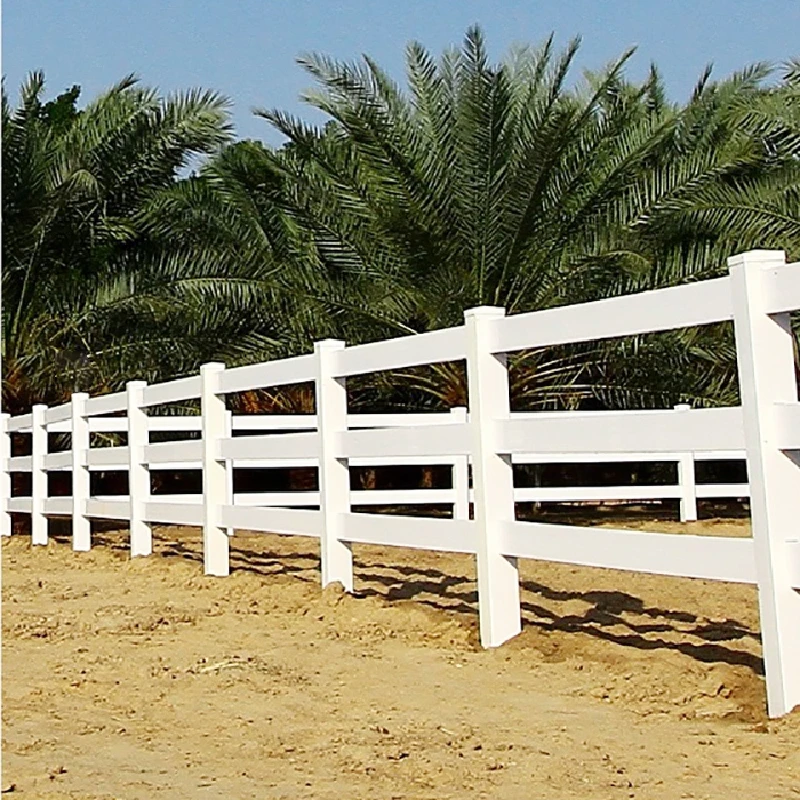Dec . 12, 2024 18:01 Back to list
steel mesh for concrete
Steel Mesh for Concrete Enhancing Strength and Durability in Construction
In the realm of construction, the use of concrete has been a fundamental aspect due to its remarkable strength and versatility. However, concrete has inherent weaknesses, particularly its tensile strength. This is where steel mesh becomes a pivotal component, providing the necessary support to improve the overall durability and resilience of concrete structures.
Understanding Steel Mesh
Steel mesh, often referred to as welded wire mesh or reinforcing mesh, consists of a series of steel wires that are welded together at regular intervals to create a grid-like structure. This mesh is typically placed within concrete forms before the concrete is poured, ensuring that it becomes an integral part of the finished product. The primary purpose of steel mesh is to enhance the tensile strength of concrete, which is naturally strong under compression but weak under tension.
Benefits of Using Steel Mesh
1. Increase in Tensile Strength Steel mesh significantly increases the tensile strength of concrete. By distributing tensile loads across a broader area, it helps to prevent cracking and helps the structure withstand various stresses. This is crucial for applications such as slabs, walls, and pavements, where tensile forces may lead to failure.
2. Crack Control One of the primary functions of steel mesh is to control cracking in concrete. As concrete dries and cures, it tends to shrink, leading to potential cracks. The presence of steel mesh helps mitigate this issue by anchoring the cracks, preventing them from spreading further and compromising the integrity of the structure.
3. Cost-Effectiveness While the initial investment in steel mesh may add to project costs, the long-term benefits outweigh these expenses. Structures using steel mesh tend to require less maintenance and repair over time, significantly reducing overall lifecycle costs. Moreover, improved durability means that projects can meet their expected lifespan without extensive renovations.
4. Versatility Steel mesh is incredibly versatile, making it suitable for various applications. It is used in residential, commercial, and industrial construction, as well as in precast concrete products. Whether it’s flooring slabs, driveways, or foundations, steel mesh adapts to different structural requirements, enhancing stability across various types of construction projects.
steel mesh for concrete

5. Enhanced Load-Bearing Capacity Structures reinforced with steel mesh can bear greater loads compared to those without. This is particularly important in heavy-duty applications, such as industrial floors and bridges, where the ability to handle substantial weight is critical to safety and performance.
Installation and Best Practices
The installation of steel mesh in concrete projects must be executed with precision to maximize its benefits. Here are some best practices to consider
- Proper Placement Steel mesh should be placed correctly within the concrete. It is typically positioned near the middle of the slab to effectively resist tensile forces. Adequate coverage of concrete over the mesh is essential to prevent corrosion and ensure durability.
- Overlap Mesh Sections When using multiple sheets of steel mesh, overlaps should be executed to ensure continuity. Overlapping sections help maintain uniform strength and prevent weak points in the mesh.
- Use of Appropriate Gauge The gauge of the steel wire used for mesh can vary based on the specific requirements of the project. It's essential to consult with structural engineers to select the appropriate gauge that aligns with the load-bearing and structural demands.
Conclusion
In conclusion, steel mesh plays a vital role in reinforcing concrete, bringing numerous benefits that enhance the strength and longevity of construction projects. As buildings and infrastructures continue to evolve, the integration of steel mesh will remain crucial in addressing the challenges posed by tensile forces, ensuring that structures are safe, reliable, and cost-effective. As the construction industry moves forward, embracing innovations and materials that bolster the robustness of concrete will be key to sustaining architectural and infrastructural integrity.
-
Reinforcing Mesh: Core Material of the Construction Industry
NewsJul.07,2025
-
Welded Wire Fabric Reinvented for Modern Projects
NewsJul.04,2025
-
Superiority of Stainless Steel Woven Mesh
NewsJul.04,2025
-
Key Types of Razor Wire and Their Applications
NewsJul.04,2025
-
Durable Metal Fence Types for Security
NewsJul.04,2025
-
Best Materials for Livestock Fence
NewsJul.04,2025
products.







